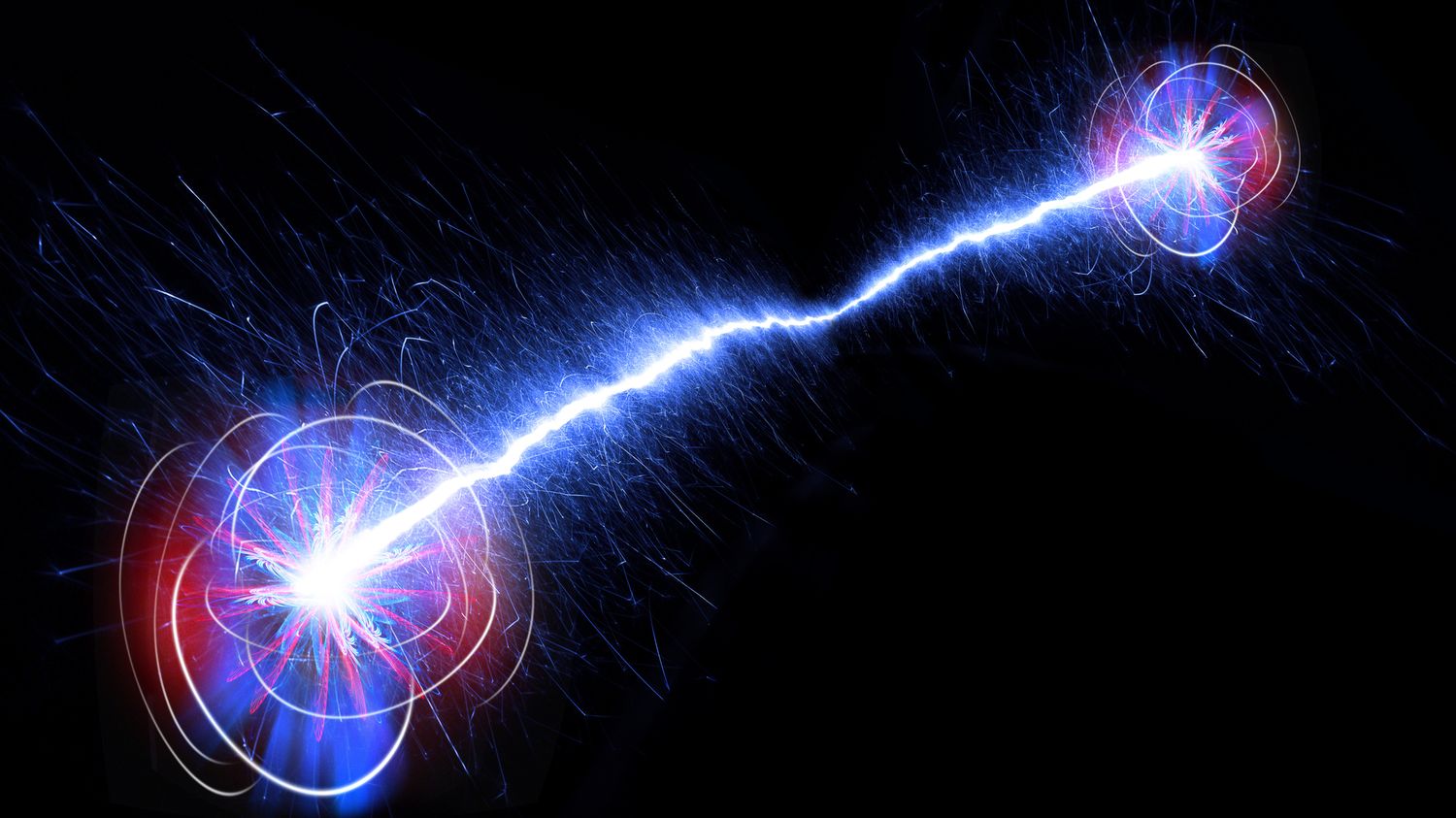In recent months, discoveries have been made in abundance. By juggling the laws of quantum mechanics, physicists make a whole bunch of new objects appear in their materials, “quasi-particles” which defy the laws of matter. The theorists are delusional. And the engineers very excited.
Published
Reading time: 2 min

Hervé Poirier, editor-in-chief of the scientific magazine Epsiloon, tells us today about strange objects that physicists make appear in their materials: “quasi-particles”.
franceinfo: In recent months, discoveries have been made one after the other on these new quasi-particles. Explain to us?
Hervé Poirier: Do you know the phonoriton? A German-Argentinian team has succeeded in generating for the first time this incredible chimera, an object that is halfway between light and sound. And the anyon? After decades of research, physicists have now succeeded in observing this strange zebra, which behaves both like matter and like a force, an interaction – something however strictly prohibited by the very official ‘Standard Model of Particles’.
And the fracton? Its properties are puzzling: it remains motionless, even when shaken with energy. Not to mention the work on the iron, capable of playing with its own heat, on the wrinklon, the magnon, the pi-ton…
Where do all these new quantum objects come from?
Well, it must be admitted, they are a little difficult to visualize. They are most often hidden in solids subjected to extreme or very unique conditions, where quantum mechanics and its strange laws reign, which govern the microscopic world.
These creatures emerge from complex interactions between a large number of elementary particles, which collectively behave like a large single particle, with novel properties, a “quasi-particle”. A bit like the coordinated behavior of multiple drops of water causes a wave to appear on the sea, which then becomes a physical object in its own right, governed by its own laws.
Such creatures have been studied for more than 70 years – like the phonon, the quasi-particle of sound. But in the light of powerful digital simulations and high-precision quantum experiments, the zoo today continues to grow.
And why such passion on the part of physicists?
For theorists, it is a fantastic playground: they see it as a way to study new phenomena, which transgress the traditional laws of matter. Engineers are very excited by the idea of exploiting these luminous, magnetic or thermal properties to boost their technologies.
To bring out and study these new objects which do not resemble anything known, which are almost unimaginable, but which do indeed exist, is to enlarge the world. And for a physicist, it’s irresistible.
